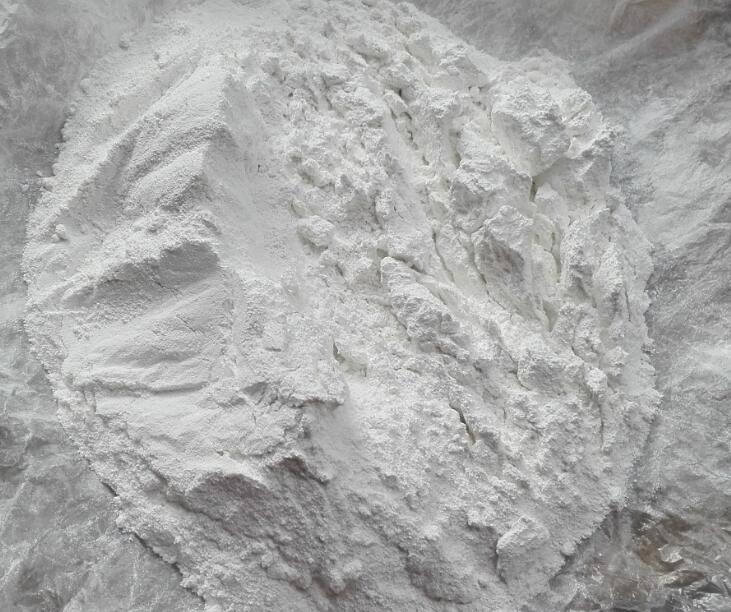Importance of magnesium oxide in the metallurgical industry

In the metallurgical industry, magnesium oxide (MgO), as a key inorganic compound, plays an important role in many aspects. Its unique physical and chemical properties make it indispensable in multiple metallurgical processes, which not only improves production efficiency, but also improves material properties, promotes environmental protection, and expands the application field. The following are the specific applications and importance of magnesium oxide in the metallurgical industry:
I. Improving production efficiency
(I) Reducing reaction temperature
In the production process of metallurgical iron, steel and aluminum alloys, heavy magnesium oxide as a raw material can effectively reduce the temperature of the redox reaction. This means that with the same energy input, a higher yield can be obtained, thereby improving production efficiency.
(II) Improving reaction rate
The use of heavy magnesium oxide can also speed up the reaction rate in the metallurgical process. This is crucial for large-scale industrial production because it reduces the production cycle and improves equipment utilization and production capacity.
II. Improving material properties
(I) Enhancing refractory properties
The high melting point of heavy magnesium oxide (about 2800°C) makes it an ideal choice for manufacturing refractory materials. In the manufacture of high-temperature furnace linings, crucibles, refractory bricks, etc., heavy magnesium oxide can withstand extreme high temperature environments, ensure the smooth progress of the production process, and extend the service life of the equipment.
(II) Improve corrosion resistance
In the metallurgical process, materials are often exposed to various corrosive environments. Heavy magnesium oxide has good chemical stability and can resist these corrosion effects, protecting metallurgical equipment from damage, thereby reducing maintenance costs and downtime.
III. Promote environmental protection
(I) Application of flue gas desulfurizer
Heavy magnesium oxide can be used as a flue gas desulfurizer to efficiently absorb sulfur dioxide (SO2), reduce the formation of acid rain, and protect the ecological environment. This application is particularly important in the metallurgical industry because the smelting process will produce a large amount of SO2 emissions.
(II) Purification in water treatment
In addition to flue gas treatment, heavy magnesium oxide can also be used in the field of water treatment to purify water quality by neutralizing acidic wastewater. This is an additional environmental advantage for the metallurgical industry because the industry usually produces a large amount of wastewater that needs to be treated.
IV. Expanding application areas
(I) Ceramic and glass industry
In the ceramic industry, heavy magnesium oxide, as a glaze component, can improve the gloss, wear resistance and corrosion resistance of ceramic products. In glass manufacturing, it is used as a flux to improve the melting performance and transparency of glass.
(II) Electronic materials
High-purity magnesium oxide is used to prepare electronic materials such as capacitors, PDP superconducting substrates, filters, etc. due to its excellent electrical insulation and high-frequency characteristics, providing strong support for the development of the electronics industry.
(III) Medicine and food additives
Medical grade heavy magnesium oxide is used as a drug ingredient such as antacids and laxatives due to its mild alkalinity and good biocompatibility. It is also an important food additive used to adjust the pH of food and increase nutritional value.
V. Specific application examples
(I) As a refractory material
Magnesium oxide is often used as a refractory material due to its high temperature stability and good insulation properties. It can be used to manufacture high-temperature resistant equipment such as furnace linings and crucibles to protect smelting equipment from the erosion of high-temperature molten metals.
(II) As a desulfurizer
In the steelmaking process, magnesium oxide can be used as a desulfurizer to help remove sulfur from steel and improve the quality of steel. By reacting with sulfur in molten steel to form magnesium sulfide, magnesium oxide can effectively reduce the sulfur content in steel and reduce the adverse effects of sulfur on steel properties.
(III) As a flux
In non-ferrous metal smelting, magnesium oxide is sometimes used as a flux to help improve the fluidity and refining effect of the melt. This helps to improve the purity and quality of the metal.
(IV) As a ceramic raw material
Magnesium oxide is an important raw material for many high-temperature ceramics, which are used in the metallurgical industry to manufacture various high-temperature resistant parts and containers. For example, magnesium oxide ceramics can be used to make thermocouple protection tubes, high-temperature furnaces, etc.
VI. Future Prospects
With the continuous advancement of science and technology and the increase in market demand, the application prospects of magnesium oxide in the metallurgical industry will be broader. Future development trends include:
(I) High performance
Through improved preparation processes and the use of additives, the performance of magnesium oxide, such as refractoriness, corrosion resistance and permeability resistance, can be further improved. This will help meet the higher requirements of refractory materials in the smelting process.
(II) Environmental protection
With the increasing awareness of environmental protection, the smelting industry has higher and higher requirements for environmental protection. Magnesium oxide, as an environmentally friendly material, will play a greater role in the smelting process. At the same time, by developing new environmental protection technologies, such as using magnesium oxide to absorb harmful gases, the impact of the smelting process on the environment will be further reduced.
(III) Diversified applications
In addition to traditional refractory materials and fluxes, magnesium oxide can also be used in other fields, such as catalysts, ceramics, electronics, etc. With the development of these fields, the demand for magnesium oxide will further increase, thereby promoting the rapid development of its industry.
The application of magnesium oxide in the metallurgical industry not only improves production efficiency and improves material properties, but also plays an important role in environmental protection and expanding application areas. With the advancement of science and technology and the growth of market demand, the application prospects of magnesium oxide in the metallurgical industry will be broader.








